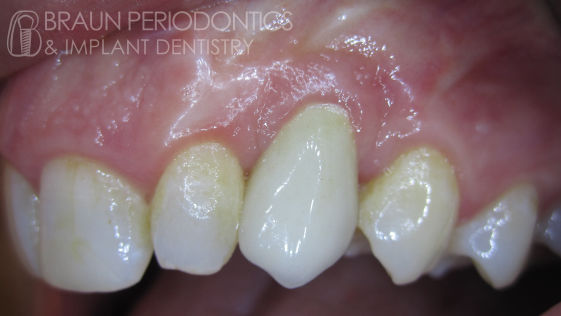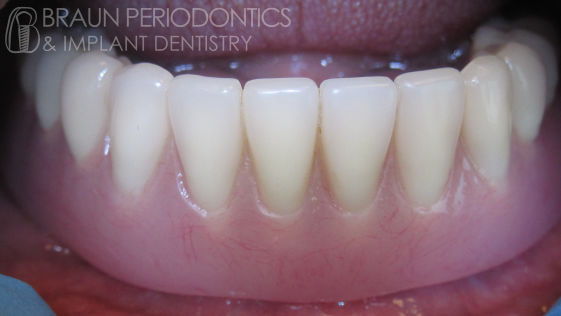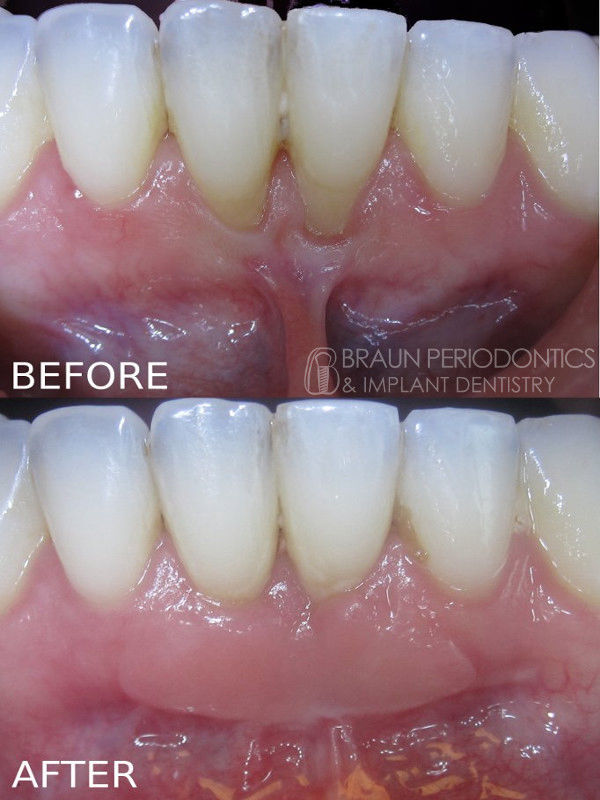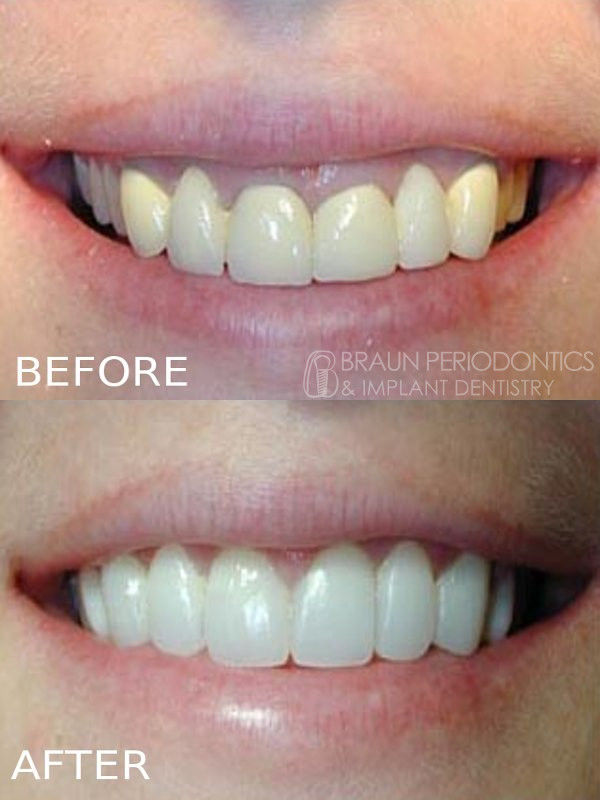Dental Hygiene
Regular professional dental hygiene visits are an important part of maintaining your beautiful and healthy smile. No matter how often or how well you brush and floss, there will be small bits of food left behind. Only a hygienist can reach and remove those deep remaining deposits known as "calculus" or "tartar" (hardened calcium and food deposits) from under your gums.
During your hygiene appointment, the hygienist will perform a cleaning (also known as scaling and root-planing) and tooth polishing to remove debri, plaque and stain. The health of your gums will also be checked to determine the best preventive care maintenance plan. Bleeding or inflamed gums may indicate that you have gingivitis or periodontitis (bone loss around the teeth) which may require additional procedures such as osseous flap debridement.
Depending on the health of your gums and teeth, we may recommend that you have hygiene visits every 6 to 9 months, or more frequently at every 3 to 4 months. We may even ask you to alternate hygiene visits between your regular dentist and our office. Most importantly, your regular daily home care together with routine dental hygiene visits is the key to prevention of gum disease and dental decay.










